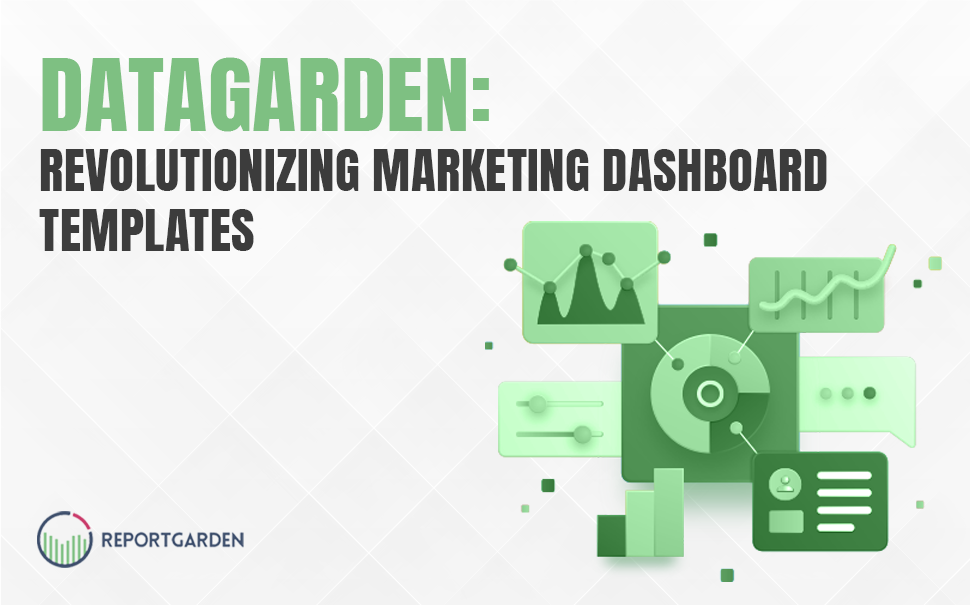Google has become our go-to for everything. Want to know the reviews for a movie? Google it. How to spell a word? Google. Want to find the best restaurants in town..? Just Google it!
Came across a song on an Instagram reel…,

Well, you get the gist.
Search engines like Google have become increasingly helpful. The Internet is a vast place, and your website might be a tiny part of this large space. Search engines rank various websites and help users choose the ideal website for their query.
Here is where the SEO game kicks in!
SEO - An Overview
SEO or Search Engine Optimization is your best friend that assists you in reaching the top of a search engine. It helps you get found by the user looking for a query pertinent to your domain.
A page with relevant information seasoned with Google ranking keywords and some best practices helps you get noticed. However, SEO is not just about this. The best practices that you apply do not always work best for you. In-depth analysis and constant monitoring are a must. Finalizing the right performance-specific metrics, accumulating their data, and putting it all together into a comprehensive report is crucial to maintaining your position on the search engine. At the same time, this endeavor, when carefully leveraged, strengthens your position before your clients/stakeholders.
SEO reporting is the method to track the website's SEO performance. The report indicates efficiently performing SEO marketing techniques that bring growth and opportunities to the business.
Besides numbers, an excellent SEO report tends to include figures that demonstrate the alignment of business activities with the set goals and objectives. It also involves key information crucial to answer the audience's questions. For instance, the meeting addressing keyword ranking will require an SEO report regarding the same rather than focusing solely on numerical data. In addition to keyword ranking, it's essential to delve into factors like organic traffic, click-through rates, and conversion rates, which give a more holistic view of the SEO efforts' effectiveness.
Inclusions in Client Reports
SEO client reporting must possess the following points. The first two points cover basic generalized information. If you want to head directly to the technical part, we recommend you skip to point three.
Overview
Presenting the client with an SEO report simply for a parameter or two will raise more questions than answers. A base of what is being presented, in what direction the report will be going, and what the audience must expect helps. The clients can get clarity in their minds, which will ease them to understand and ask relevant questions in sequential order.
Simplistic Representation
Making a fancy or complicated report again adds to the questions. The best way is to avoid complicated details that lead to a waste of hard work and fail to serve the reporting purpose. Instead, opt for a representation with a simple layout to ensure easier understanding without any aid. Including charts, tables, and flow diagrams is recommended so that even clients with non-technical backgrounds can catch the details of organic growth.
Rankings
It is the primary question concerning organic growth. The approach should be to exhibit the current page ranking and previous ones. Several tools are available to indicate the changes in different time frames, such as ReportGarden. They further ease the display of the data. But wait, no client will rely on this parameter only. So, head on to know another important one, too.
Traffic
Informing your clients of the current traffic scenario, with respect to location, number, demographics, and other parameters, helps them understand your direction of efforts. Also, include the information on traffic sources to ease filtering out the most focused devices or areas. The latter is among the most important Google ranking factors and, hence, must be a focal point for business reporting.
Top performing pages
Learning and stating your website's desired service for customers is equally important. It will help to understand the interests of visitors and whether they are capable of fulfilling the demand or what they are seeking. Alternatively, businesses can learn from top-performing pages and incorporate the customer-attracting part into not-so-well-performing pages.
Conversion Rate and Progress on Goals
It covers your KPIs or Key Performance Indicators by letting you know if the visitors turn to your customers or not. It will help you filter the better-performing services or products, paving the pathway for more research or modification in your offering or discontinuing specific services.
Sessions
The section will indicate the number of unique visits to your website. It is among the key parameters to understand the performance of analytic strategy to improve the rankings in search engineer results.
Bounce rate and Dwell time
Developing a web page aims to attract customers and make them stay there (increased dwell time) for a better overview. Simply redirecting them to another website isn't always the aim, but sometimes it is. Hence, analyzing the bounce rate accordingly is crucial. Reflect the parameters depending on the web page design. A web page offering every component must experience a low bounce rate or higher dwell time. However, a webpage with links directing visitors to external websites will have low dwell time as a positive parameter.
Opportunities and Recommendations
SEO reports need not be concluded with parameters. Instead, bringing organic growth strategies to a company's problem is valuable in corporate. Adding expert insights and recommendations focussing on some low-performing scores to enhance it is worthy. Strategic planning with expected metrics is most looked forward to.
Representation of Organic Growth Report
An organic growth report must be a personalized one that answers all the queries of specific company-associated members. Making it automated and interesting is the prime need to avoid investing loads of time. Incorporating interesting visuals like charts aids to visualize and understand the complete information through a simple diagram. Here are some of the recommended charts for organic growth reports:
Line charts: Exhibit the trends or key metrics with a simple horizontal or vertical line.
Bar charts: The horizontal or vertical bars are often used for month-over-month or year-over-year growth in organic sessions.
Pie charts: Dividing the pie into different sectors is also great for visualizing the organic sessions compared to other traffic sources or relevant details.
Heat maps: These are effective in representing areas of high and low organic engagement. Color variation can represent the interest in activity in different website sections.
Stacked area charts: Use these to show the contribution of different segments to overall organic growth.
SEO Reporting with ReportGarden
Looking among the numerous parameters manually and accurately is a thing of bygone days. The automated world is capable of performing more in less time and with higher accuracy. Helping you remain up-to-date and quick in this fast-paced world while serving a variety and multitudes of clients, we at ReportGarden provide a variety of SEO Report Templates.

Google Analytics Report Template



Google Search Console Performance Report Template
Select and generate any SEO report as per your wish using advanced and versatile tools from a single SEO reporting dashboard by ReportGarden!


.png)




